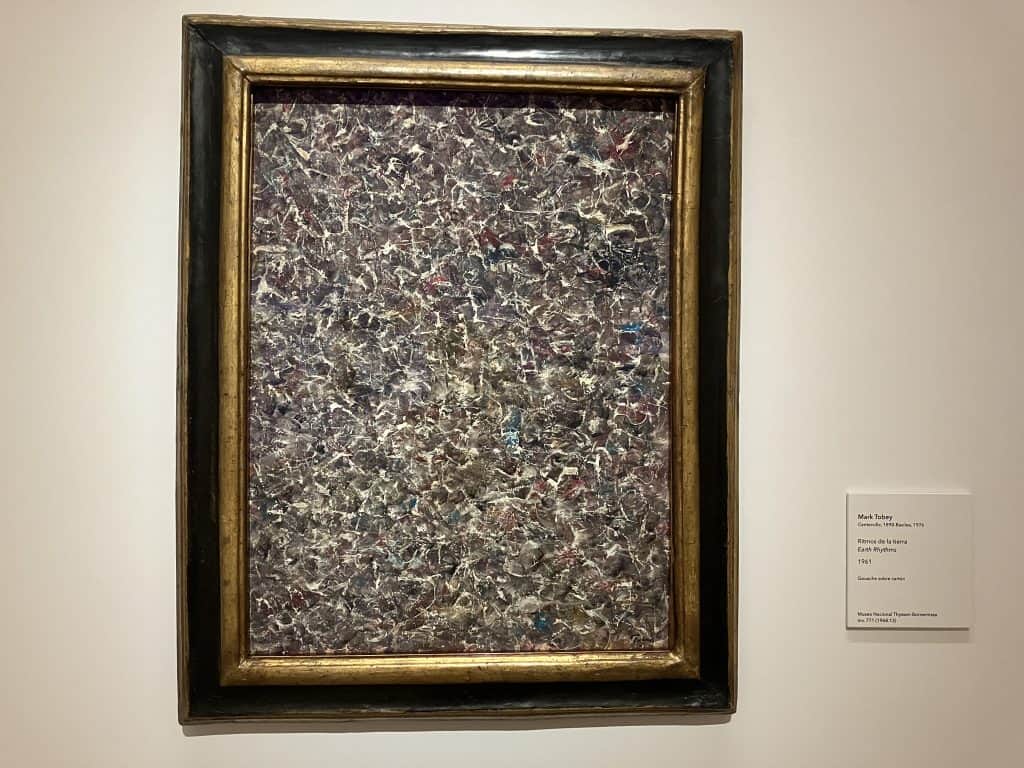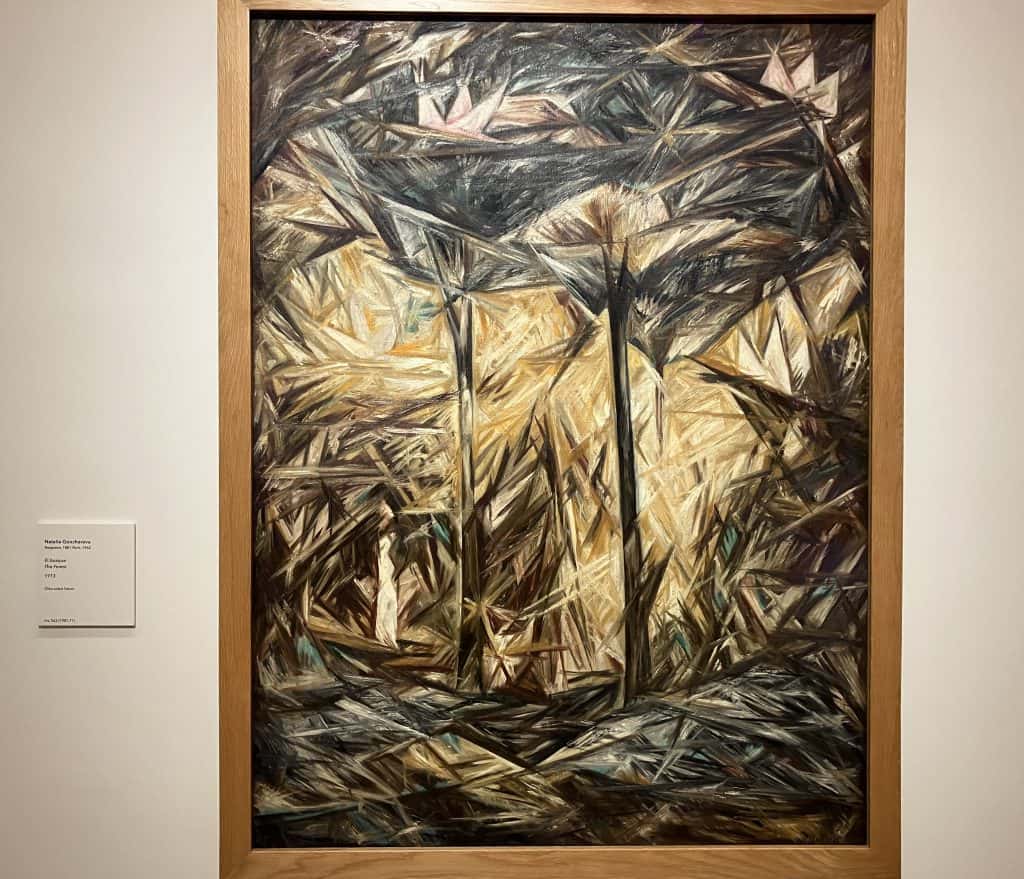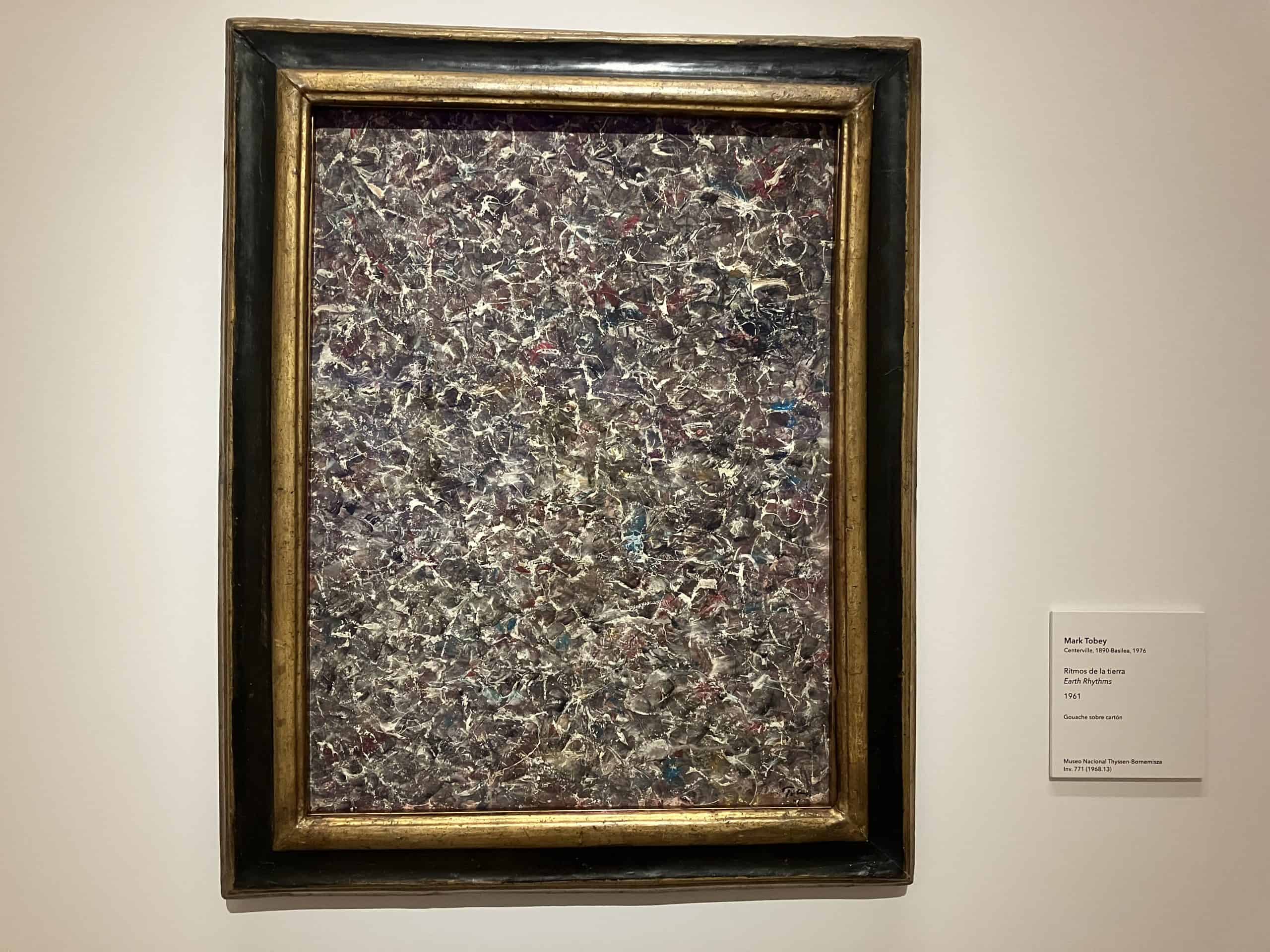There’s a particular texture of silence that envelopes us when a relationship ends. It may feel like a vacuum with everyday sounds and the voices of people in your life (neighbours, colleagues, friends, family members) reaching you from what seems like far away, almost in slow motion. Your pace doesn’t match the pace of everyone around you; the friction between the stillness you crave and the speed and stridency of the external environment you inhabit is excoriating – it makes you retreat further into yourself. When an intimate relationship dies, you too undergo an internal death — the death of the vision of a shared future, of parts of yourself that existed only in this relationship. You have to give yourself time to mourn this death.
What you may have anticipated
There will be grief triggers you had expected, that you may have braced yourself for in the final phases of this relationship: the space in your bed, forms of touch your body remembers, word choices, phrasing and vocal patterns that you associated with your partner, the way they smelled, places in your city both of you frequented, reprogramming yourself to not give in to the habit of texting them, the timetable that calibrated your day to day life with each other.
What you may not have anticipated
Perhaps the hardest lesson we learn in the aftermath of a relationship ending is that we cannot count on good days to signify we are “moving on” [in quotes for reasons I will explain at the end of this piece]. You might feel fine for weeks. You may have a series of good days on your own, at work and with friends. Then, out of the blue, something you smell (as unpredictable as the aroma emanating from the kitchen of a friend’s house that reminds you of a long-forgotten meal at a restaurant with them), or a song, or a TV show where a character says something that unlocks a memory, or an activity they didn’t even like which you enjoyed, will overpower you, making you feel you’re drowning again.
You might miss someone you chose to leave. Grief is not logical.
Grief is not linear and doesn’t follow a timeline
Visualize how a page in a book you’re writing in or a discarded sheet of paper looks like when you’re having trouble with a pen – it’s a pen you haven’t used in a while or a pen that is on its last legs. You wiggle it around the paper/page following no structure or pattern. In a similar vein, recall random scribbling you may have dabbled in or noticed somewhere. Grief, when you step outside of yourself and observe it, is akin to these. It doesn’t follow a pattern, is not a mathematical equation that, however complicated, has a solution waiting to be discovered. The key is to give yourself time; often, a lot more time than you had accounted for. Observe your good days and bad days and don’t place excessive value on either. A “bad” day after several “good” days isn’t a setback. This is how grief moves through us: in waves, not plannable stages. Grief will disappear, reappear, shape-shift from squiggles to concentric circles to stases to arcs. You have to let it be, feel its jolts and undulations, relate with it at a tactile level, not simply rely on thinking it out.
One can grieve a relationship that ended years ago. One can be deeply affected by a short relationship. You can’t schedule the departure of mourning. It’s okay for it to take the time it takes.
Assisted and guided mourning
One of the collaterals of how our societies have developed is that collective mourning is no longer a natural part of how we exist. Where the role of community has receded in something as colossal as how we grieve when a person we love dies, communal care for other forms of grief must be curated and attended to with all the more responsibility. Circles of allyship can be cathartic for people who are walking through the terrain of an intimate relationship having ended because while timelines for healing are highly subjective, triggers and how our grief presents itself in actions and emotional recall and responses can be similar. Therapeutic circles that specifically seek to hold space for people dealing with break-ups or separations when led by a sensitive and careful facilitator can be healing.
I have shared a few broad-spectrum drama therapy prompts that you can explore on my Instagram and Facebook page. Other pathways drama therapy can carve out came to my mind while watching “Eulogy”, the fifth episode in the new season of Black Mirror, recommended by a person dear to me. In interesting ways, certain kinds of OTT content function uncannily like Pemberley did for Elizabeth (Austen) – they enrich because they are windows to overlooked rooms within those you care about. The episode, it made me time-travel back to reading The Sense of an Ending (Julian Barnes) years ago because both evoked a similar palette of thoughts and questions for me. I am unceasingly fascinated by how all of us can remember the same situation differently. This time, however, I found myself reflecting in particular on the reality that for some couples who break up or separate (this doesn’t apply to separations caused by intimate partner betrayals and dishonesty, of course), one’s relationship with what makes one feel acutely vulnerable can impact how one (consciously and unconsciously) moulds one’s memory of the relationship they shared with their partner as a whole. It’s a tricky tightrope to walk – being vulnerable and simultaneously giving room to your partner’s vulnerability, as well as being able to recognise when you might be amplifying your vulnerability over your partner’s. Drama therapy exercises can be quite powerful in rescripting healthier relationships with the extremely personal markers that make us vulnerable .
Your life isn’t on pause when you’re mourning the end of a relationship
On the contrary, every single thing you do during this time, every step you take (or not take), as long as you avail of support systems that guide you to hold yourself accountable and self-aware through it, will help you arrive at the other side of grief. I don’t care much for the phrase, “moving on”, when used in the context of letting go of a loving relationship that didn’t work out. The myriad life experiences we live, when healthy, play such an integral role in choices we make as we journey forward, including the next relationship we choose to open ourselves to (if we are so inclined), with hope and love. Through the process of mourning, we slowly restore and begin to build again – next to where our grief sits. And as we rebuild, our grief gradually changes its shape into something softer, something compassionate even, so that we don’t feel like we’re putting things behind us in an absolutist way, closing doors, forging ahead. Instead, we move into whatever kinds of life-spaces we wish to move into (which could very well be the singularly romantic decision to be one’s own partner) with the clarity of a self that isn’t compartmentalized but is able to contain, in wisdom and wonder, its evolution through the phases it has lived. In time, you might feel as if the grief you lived has transformed from the scribbles I described earlier to resemble an abstract expressionist painting you admire – profound, complex, layered and honouring your journey.

“Earth Rhythms” by Mark Tobey, 1961, Museo Nacional Thyssen-Bornemisza, Madrid

“The Forest” by Natalia Goncharova, 1913, Museo Nacional Thyssen-Bornemisza, Madrid


Leave a Reply